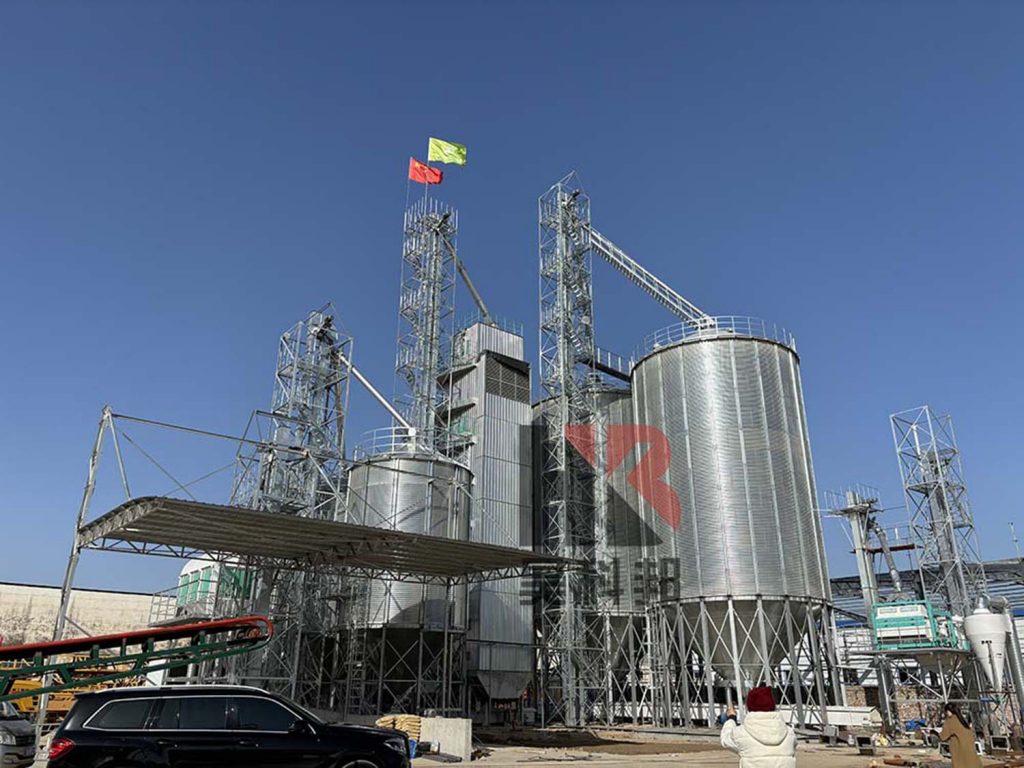In the grain storage sector, the ventilation system's energy consumption accounts for up to 30% of the total storage and transportation costs. The extensive management model is eroding corporate profits. Through technological innovation and refined management, the ventilation energy consumption of grain steel silo can be reduced by over 40%, while improving grain quality.

Reducing the ventilation energy consumption of grain steel silo is crucial. Some silos, aiming for quick ventilation, run 15kW fans at full power constantly. This results in a monthly electricity consumption of over 2000kWh per silo. This "one - size - fits - all" approach not only inflates costs but also causes drastic fluctuations in temperature and humidity inside the silo, increasing the risk of condensation in the grain pile.
In humid and hot areas, fixed - speed centrifugal fans are still in use. Condensation water accumulation leads to a 15% increase in energy consumption.
In low - temperature regions, the lack of electric heat - tracing devices reduces ventilation efficiency by 40% in winter.
By installing the Deep - River S350 frequency - converter, a 5.5kW fan's power drops to 3.5kW at 40Hz, saving 12,000kWh annually. The frequency - conversion system can automatically switch modes based on grain conditions:
Drying mode: 50Hz high - frequency operation, airflow 14760m³/h.
Moisture - retaining mode: 35Hz low - frequency operation, maintaining basic ventilation needs.
Integrating grain - temperature sensors and meteorological station data to build a dynamic control model:
Automatically avoid high - temperature and high - humidity periods, selecting the optimal ventilation window.
Based on the layered temperature differences inside the silo, different - location fans are activated in stages, significantly reducing the ventilation energy consumption of grain steel silo.
Three - dimensional flow - guiding technology: Installing 30° - angled deflector plates on the silo roof improves airflow uniformity by 60%.
Differential perforation: The silo bottom perforated plate uses a gradient hole - size design, with a 5% perforation rate in the central area and 8% in the edge area.